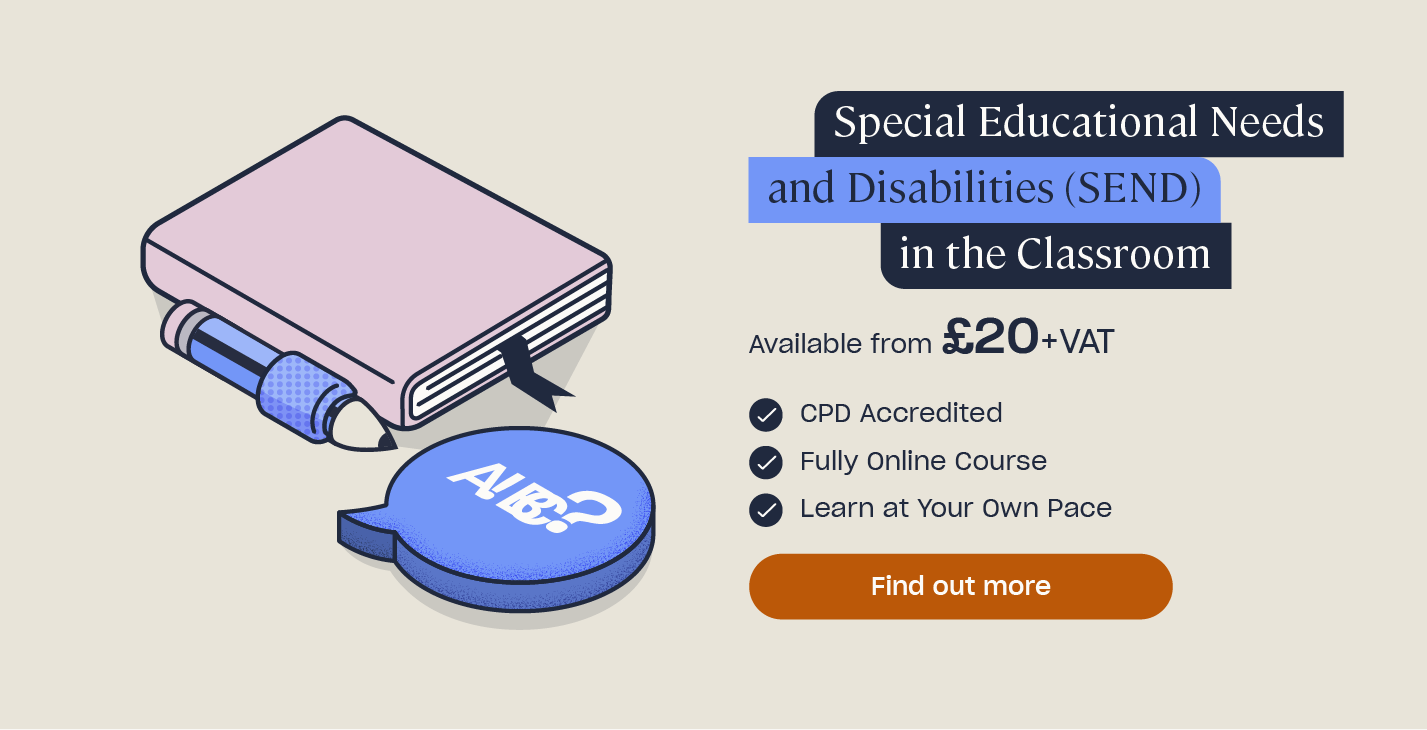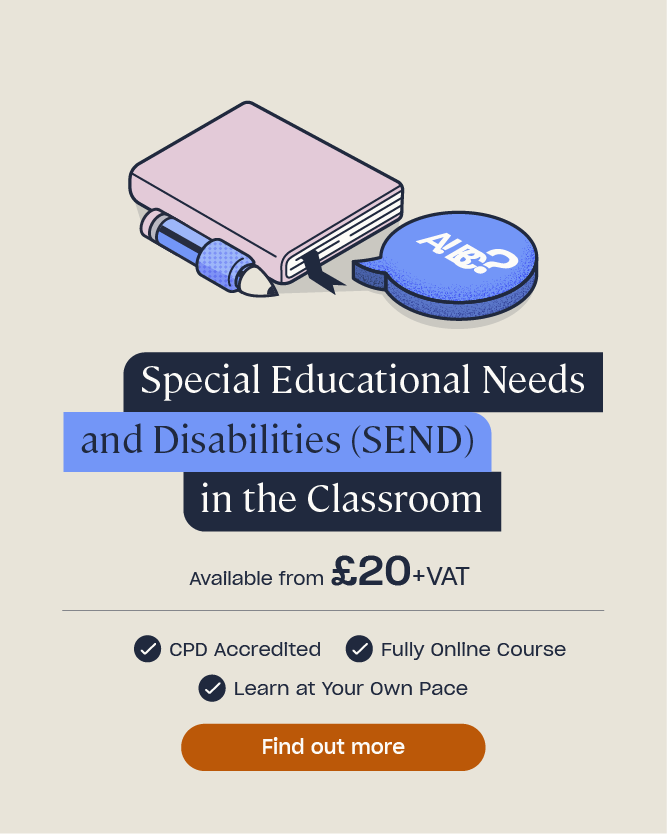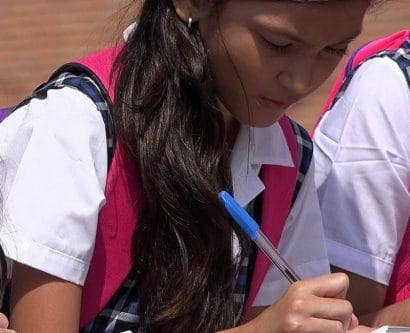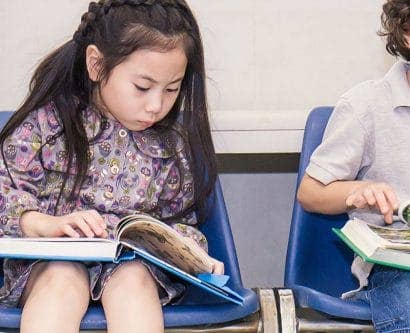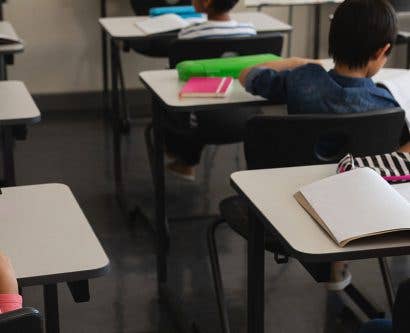How to Support Children with Disabilities to be Active
Physical activity is important for everyone as it helps to prevent and manage major illnesses such as a stroke, heart disease and cancer. It also helps us to maintain a healthy body weight, as well as having a positive impact on mental health and overall quality of life. For disabled young people, physical activity can encourage equality, inclusivity and fun.
Building physical activity into a child’s daily routine can improve their mental health and give them a sense of achievement. In this article we will explain the different activities available for disabled children, along with the benefits of partaking in them. We will also outline how to encourage children to be active, with guidance on supporting active participation for individuals with disabilities at school.
What are Activities for Disabled Children?
Physical activity is vital for children for numerous reasons, including:
- Strengthening their bones, muscles, heart and lungs.
- Improving their coordination, balance, posture and flexibility.
- Helping them to stay healthy.
- Reducing their risk of heart disease, cancer and type-2 diabetes later in life.
Not only does physical activity have a wealth of health and wellbeing benefits, but it also plays a key role in development and learning. The best way for children to learn, no matter their ability, is through play as they can discover new things and have fun simultaneously.
Guidance from the UK Chief Medical Officers outlines that disabled children and young people should undertake 120 to 180 minutes of physical activity per week.
This can be achieved in different ways, for example:
- 20 minutes of exercise each day.
- 40 minutes of exercise three times a week.
- An hour of exercise twice a week.
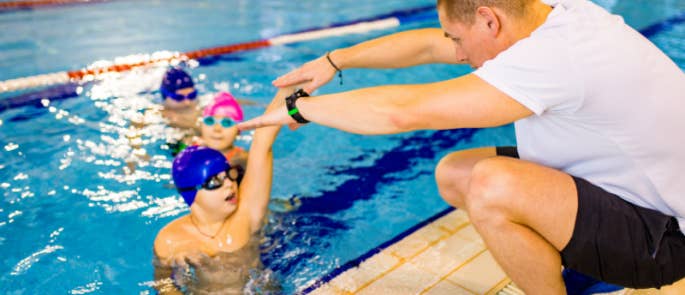
There are many different activities that are included in physical activity, such as walking, cycling and swimming. Most activities can be adapted and tailored to the child’s needs, for example using bikes that you power with your arms rather than your legs. When starting out, it is advised that you gradually build up the frequency and intensity of physical activity to avoid any injuries.
To access more information or take part in sports and activities, you can contact the school or college your child attends, leisure or community centres, your local council or the National Disability Sport Organisation (NDSO).
Examples of Games and Activities
As mentioned, there are many different physical activities that children can get involved in. These activities include games and sports that can be enjoyed as a team or on their own.
Games and Activities in School Settings
Cooperative games can be used in school settings and keep children physically active while emphasising fun, play and team work as everyone works together to win. Click the dropdown links below to learn more about the different games and activities.
Parachute games
Try the following games with the children in a circle, holding the parachute by the outside edges:
Making waves – the children make small or large waves in the parachute by moving their arms up and down, you could start slow then make the waves bigger and faster. You can even add a story about a storm or waves in the sea.
Rolling the ball – place a ball on the parachute, the children then move their arms up and down to ensure the ball stays on the parachute. You can use different sized balls for variety or introduce more than one ball.
Shaking popcorn – place beanbags on the parachute, the children can shake the parachute to make the beanbags rise and jump like popcorn.
Specially designed parachutes can be bought that have adjustments for wheelchair users or those with a weak grip.
Trust games
Balloon bop game
Floor puzzles
Games and Activities in Home Settings
The following activities incorporate fun and play into physical activity. Some take more planning than others, but all of the activities can be done at home and contribute to your child’s weekly physical activity time.
Dancing to music
Treasure hunt
Catch the bubbles
Children with disabilities sometimes face challenges that can make physical activity more difficult; therefore, it is important to be aware of the different activities available and the many adjustments that can be made.
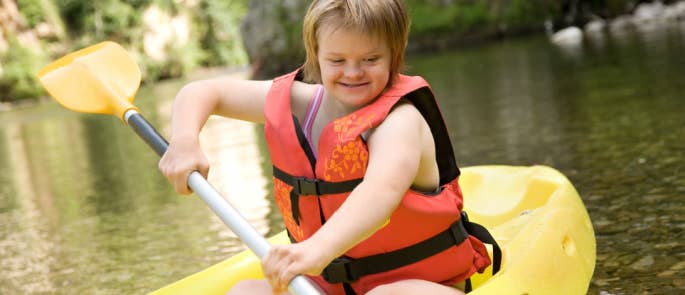
As mentioned, new guidance highlights the importance of physical activity for disabled children.
The guidelines state that disabled children should:
- Undertake 120 – 180 minutes of aerobic physical activity per week at a moderate-to-vigorous intensity.
- Complete challenging, but manageable, strength and balance activities three times per week which are particularly beneficial for muscle strength and motor skills. For example, indoor wall climbing, yoga, and modified sports such as basketball or football.
- Build up the amount of exercise and the intensity slowly to avoid injury.
- Break down their exercise into bite-size chunks of physical activity throughout the day.
There are a variety of physical activities available for disabled children and it is your job as the parent, carer or teacher to give the child access to these activities. Encouraging them to engage in physical activity will help keep them active and improve their overall wellbeing.
Looking to learn more?
Our Special Educational Needs and Disabilities (SEND) in the Classroom course provides you with all you need to know about the graduated approach and best practices for supporting children.
Benefits of Physical Activity for Disabled Children
There are many benefits to regular physical activity for disabled children, including physical and mental health benefits. Children and young people with disabilities are less likely than others to be active which can lead to health disparities, these may widen as the children get older. However, evidence shows that physical activity can be equally beneficial for disabled children and young people as it is for non-disabled children.
Ensuring children and young people, regardless of their abilities, are as physically active as possible is crucial to their health and wellbeing – both now and in the long term.
Benefits of physical activity include:
- Improved confidence and concentration.
- Promoting sociability and integration through meeting new people.
- Building stronger muscles.
- Improved motor strength.
- Improved balance.
- Stimulation and motivation.
- Promoting teamwork.
- Improved overall fitness.
- Improved cognitive health.
- Healthier bone density.
- Better emotional and psychological health.
- Boosting self-esteem.
- Reducing the risk of diseases, such as type-2 diabetes.
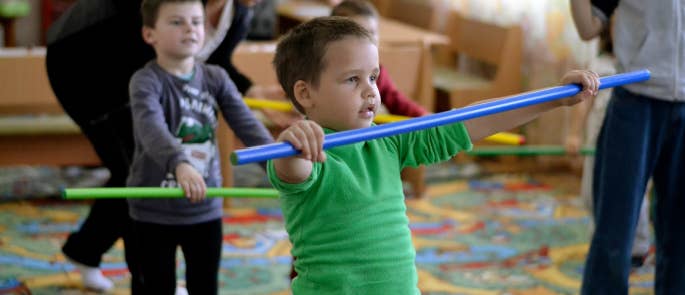
Once familiar with the benefits of physical activity for disabled children and young people, it is important to know the best approach to take when looking to encourage them to be active.
How to Encourage Disabled Children to be Active
Encouragement is a vital component when it comes to helping disabled children to be active. Some children may not have the desire to be physically active, however as an adult it is your responsibility to shape your child’s attitude towards physical activity and promote it as fun rather than a chore.
Knowing how you can do this is a great place to start, some useful tips include:
- Starting early, most young children love to play and be active so encouraging this can build a strong foundation for an active lifestyle.
- Setting a positive example by leading an active lifestyle yourself.
- Making physical activity a part of your daily routine through walks together or playing active games.
- Being positive about the physical activities your child participates in and encouraging them to be interested in new ones.
- Giving your child equipment that encourages physical activity, such as a ball.
- Taking your child to places where they can be active such as parks, fields and sports courts.
- Making small changes such as going on a walk or encouraging active play after meals, rather than watching TV.
- Being safe and using protective equipment such as helmets and knee pads for activities with a high risk of injury.
- Praising your child for every accomplishment, no matter how big or small.
- Setting short-term goals for them and measuring their progress or improvement on a chart.
For some physical activities, getting a complete physical exam may be necessary to ensure it is safe for your child. It may also be helpful to inform the coach or person hosting a particular activity about your child and their ability. This is so they can adjust the activity to ensure it is safe and to know how to correctly engage with your child to ensure it is a positive experience for everyone.
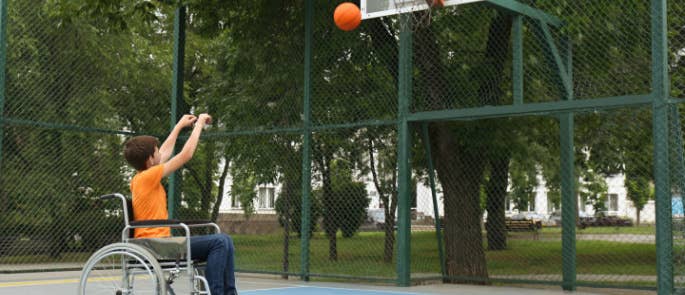
Encouragement goes hand in hand with support and motivation, so supporting active participation in both educational and home settings can lead to happier, healthier children.
Guidance on Supporting Active Participation for Disabled Children
Active participation refers to an individual’s right to involvement and participation in the activities and relationships of everyday life. Ensuring that disabled children are allowed and enabled to access the same facilities, participate in the same activities and have the same privileges as others, is crucial. We should support children with disabilities to take part in physical activity as much as possible.
There are, however, some barriers to physical activity for disabled children, such as:
- The child’s physical or mental limitations.
- The cost of recreation and sports programs.
- A lack of recreation and sports facilities.
- A lack of time.
- The child’s lack of confidence.
- A lack of social support from school, neighbourhood, and family.
- A lack of role models, for example if you are not physically active then your child is less likely to be active.
- The fear of injuring themselves.
It is important to address these barriers and overcome them wherever possible in order to fully support active participation and reap the full benefits of physical activity for disabled children.
Physical activity is important for all children as it boosts their overall health and wellbeing. Children with disabilities should be encouraged and supported when performing physical activities such as running, swimming and playing sports. There are many ways you can support disabled children to lead an active lifestyle, for example by praising them and taking an interest in the physical activity they are taking part in.
Further Resources:
- Special Educational Needs and Disabilities Training Course
- What is the Graduated Approach?
- How to Support Individuals with Learning Disabilities
- Epilepsy Awareness Training


